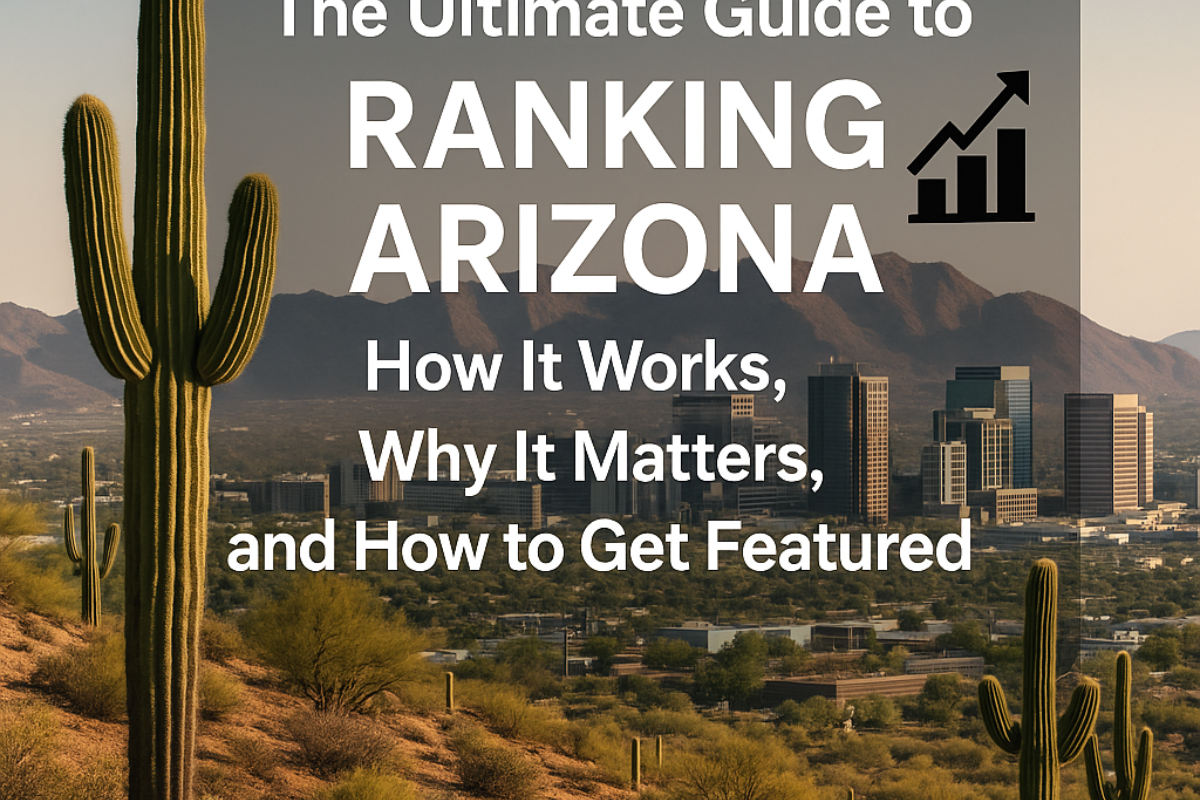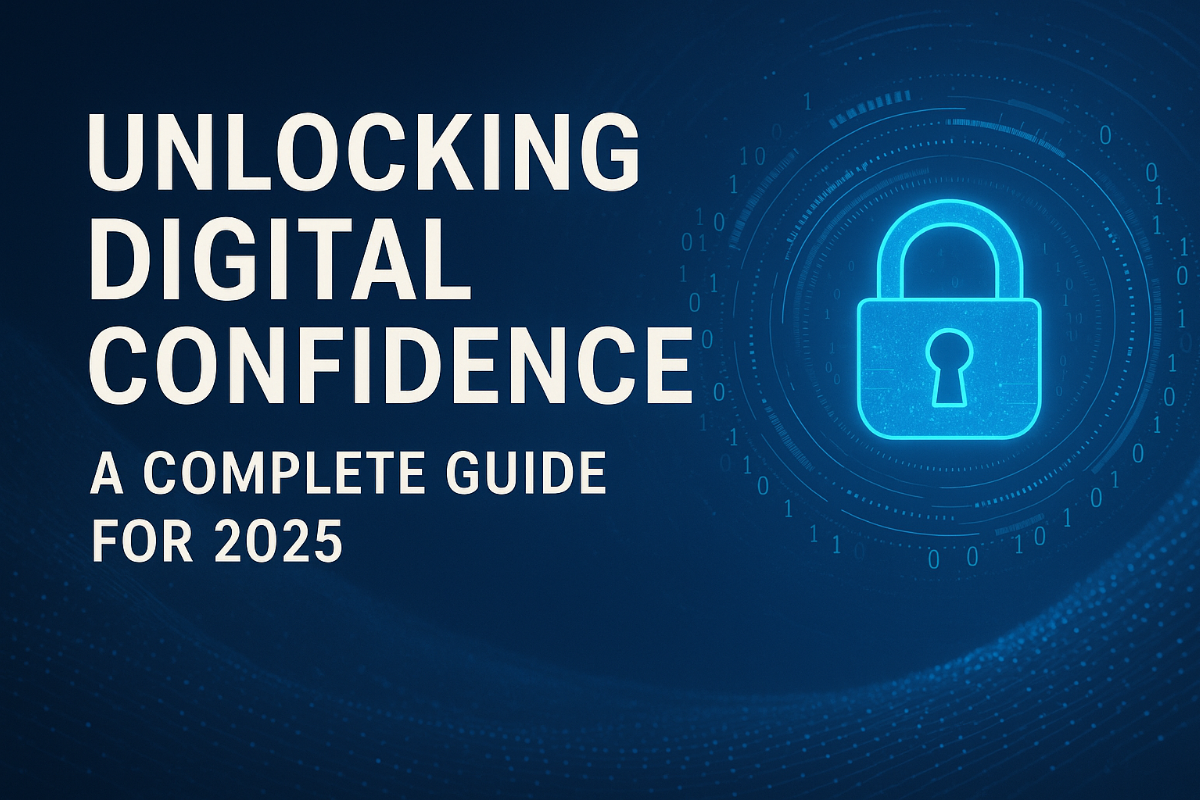Introduction
In today’s fast-paced and unpredictable world, decision-making plays a crucial role in the success of individuals and organizations. Among the many decision-making frameworks available, Ray Dalio, a billionaire investor and founder of Bridgewater Associates, has introduced an insightful approach known as the “Dalio Decision Subplots.” These subplots are integral to the decision-making process, influencing the way leaders make informed, data-driven decisions. In this comprehensive guide, we will dive deep into the concept of Dalio decision subplots, how they function, and why they are essential for achieving success in both personal and professional life.
What are Dalio Decision Subplots?
Dalio decision subplots refer to the complex, often hidden layers of information and context that influence decision-making processes. Dalio, in his book Principles: Life and Work, explains how decision-making isn’t a one-step process. It involves considering various factors, perspectives, and data points that may not be immediately apparent. These subplots are the subtle dynamics at play when making decisions, providing a multi-dimensional view of a situation rather than a linear one.
The Importance of Decision Subplots in Decision-Making
Decision-making isn’t as straightforward as it may seem. While many decisions are influenced by obvious facts or data, many times, the subtler aspects of a situation—often termed decision subplots—play a larger role. These subplots consist of:
- Hidden Biases: Subtle cognitive biases that shape decisions.
- Past Experiences: Previous situations and outcomes influencing current choices.
- Long-Term Effects: The unseen consequences that emerge over time.
- External Influences: Economic, social, or political forces affecting the decision.
By identifying and understanding these decision subplots, individuals and leaders can make more nuanced, well-rounded decisions that account for the complexities of the situation.
H2: How to Identify Dalio Decision Subplots in Your Decision-Making Process
Dalio emphasizes the importance of recognizing these subplots to improve decision-making. Here are some methods to identify them:
H3: 1. Engage in Radical Transparency
Dalio advocates for radical transparency within organizations. This principle involves sharing every relevant piece of information freely, allowing for a more comprehensive understanding of all factors at play. When you practice radical transparency, you are more likely to uncover hidden biases, assumptions, and past experiences that may be influencing your decisions.
H3: 2. Focus on Data Over Emotion
Emotions can cloud judgment. Dalio’s approach encourages decision-makers to prioritize data and facts over emotional impulses. By doing so, you can better understand the underlying factors driving your decisions and the broader context in which they occur.
H3: 3. Ask “Why” Continuously
Dalio suggests asking “why” multiple times to dig deeper into the root causes of problems and situations. Each “why” uncovers another layer of complexity, revealing decision subplots that might otherwise be overlooked.
H3: 4. Analyze Past Patterns
Looking at historical trends and past decisions can provide valuable insights into the subplots affecting your current choices. Dalio believes that recognizing patterns in past decisions can help avoid repeating mistakes and uncover hidden drivers behind current decisions.
H2: Key Elements of Dalio Decision Subplots
Dalio outlines several key elements that are essential when navigating decision subplots. Let’s look at these elements in detail:
H3: 1. Understanding Context
Context is crucial for making the right decisions. Without considering the context of a situation, it’s easy to misinterpret data or overlook critical factors. Dalio encourages decision-makers to think holistically, understanding how various subplots interact within the broader picture.
H3: 2. Embracing the Unknown
Often, the most significant subplots in decision-making are those that cannot be immediately known or understood. Dalio stresses that embracing uncertainty and the unknown is essential. Instead of fearing what is not known, decision-makers should focus on understanding the variables that are beyond their control and prepare for them.
H3: 3. Long-Term vs. Short-Term
Dalio frequently points out the importance of balancing short-term and long-term goals when making decisions. The subplots of short-term gain and long-term consequences can often clash, leading to poor decision-making. By carefully weighing these factors, you can make decisions that create sustainable success rather than quick, short-lived rewards.
H3: 4. Systematic Thinking
Dalio’s decision-making framework emphasizes systematic thinking, where decisions not made based on isolated experiences but part of a larger system. This means taking into account how a particular decision will affect various interconnected systems, whether they are personal, organizational, or societal.
H2: Applying Dalio Decision Subplots to Improve Leadership and Organizational Success
Dalio’s principles have been proven to improve leadership and organizational decision-making. By applying the concept of decision subplots, leaders can drive success and growth within their organizations.
H3: 1. Develop a Culture of Open Dialogue
Leaders should encourage open communication and honest feedback within their teams. When employees feel empowered to share their thoughts and ideas, decision subplots become more apparent. This openness helps uncover biases, assumptions, and overlooked data, leading to better decisions.
H3: 2. Use Data to Challenge Assumptions
Decision subplots often involve unconscious assumptions that can lead to poor decisions. By relying on data and feedback, leaders can challenge these assumptions and make more informed choices. This approach helps prevent errors that arise from biased thinking.
H3: 3. Build Systems for Reflection
A critical component of Dalio’s decision-making process is continuous reflection. Leaders should regularly reflect on their decisions and analyze whether they driven by hidden biases or influenced by external factors. This reflection helps to identify subplots that can improved for future decisions.
H2: Dalio Decision Subplots: Real-World Examples and Case Studies
To better understand how Dalio’s decision subplots play out in real life, let’s look at a few examples:
H3: Example 1: Investment Decisions
Dalio’s success as an investor has largely been shaped by his ability to recognize decision subplots. For instance, when evaluating investments, he looks beyond the obvious market data to assess the economic and political forces that could influence long-term outcomes. By considering a broader range of subplots, he can make more strategic and informed investment decisions.
H3: Example 2: Organizational Strategy
In the corporate world, Dalio’s principles have been used to guide strategic decision-making. By practicing radical transparency and systematic thinking, organizations have been able to better understand the underlying forces driving market trends, enabling them to make smarter, long-term strategic decisions.
H2: Common Challenges in Understanding and Implementing Dalio Decision Subplots
While Dalio’s approach offers many benefits, it’s not always easy to implement. Some challenges may include:
- Overcoming Cognitive Biases: Identifying and mitigating biases is one of the most difficult aspects of using decision subplots effectively. People tend to make decisions based on limited information or past experiences, which can skew judgment.
- Dealing with Uncertainty: Embracing the unknown can uncomfortable, especially when there are significant consequences involved. Leaders and decision-makers must learn to navigate uncertainty without being overwhelmed.
- Balancing Short-Term and Long-Term Goals: Striking the right balance between immediate results and long-term sustainability is a common challenge. Dalio’s framework offers a structured approach to managing these competing interests.
Conclusion
Dalio decision subplots are a valuable framework for improving decision-making in both personal and professional contexts. By understanding and recognizing the hidden layers that influence our decisions, we can make more informed, effective choices that lead to long-term success. Whether you’re a business leader or an individual looking to make better decisions, Dalio’s principles can provide the guidance needed to navigate the complexities of the decision-making process.
Frequently Asked Questions (FAQs)
Q1.What are Dalio decision subplots?
Dalio decision subplots refer to the hidden, complex layers of factors that influence decision-making. These subplots include biases, past experiences, external influences, and long-term consequences.
Q2.How can I apply Dalio’s decision subplots in my own decision-making?
You can apply Dalio’s decision subplots by practicing radical transparency, focusing on data over emotions, and continuously reflecting on past decisions to uncover hidden biases.
Q3.What role does context play in Dalio decision subplots?
Context is critical in decision-making. By understanding the full context of a situation, you can better identify the decision subplots at play and make more informed, holistic decisions.
Q4.Can Dalio decision subplots help improve leadership?
Yes, by embracing transparency, using data to challenge assumptions, and reflecting on decisions, leaders can improve their decision-making and drive better organizational outcomes.





